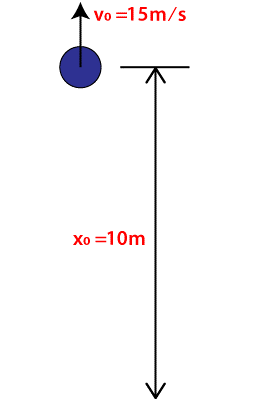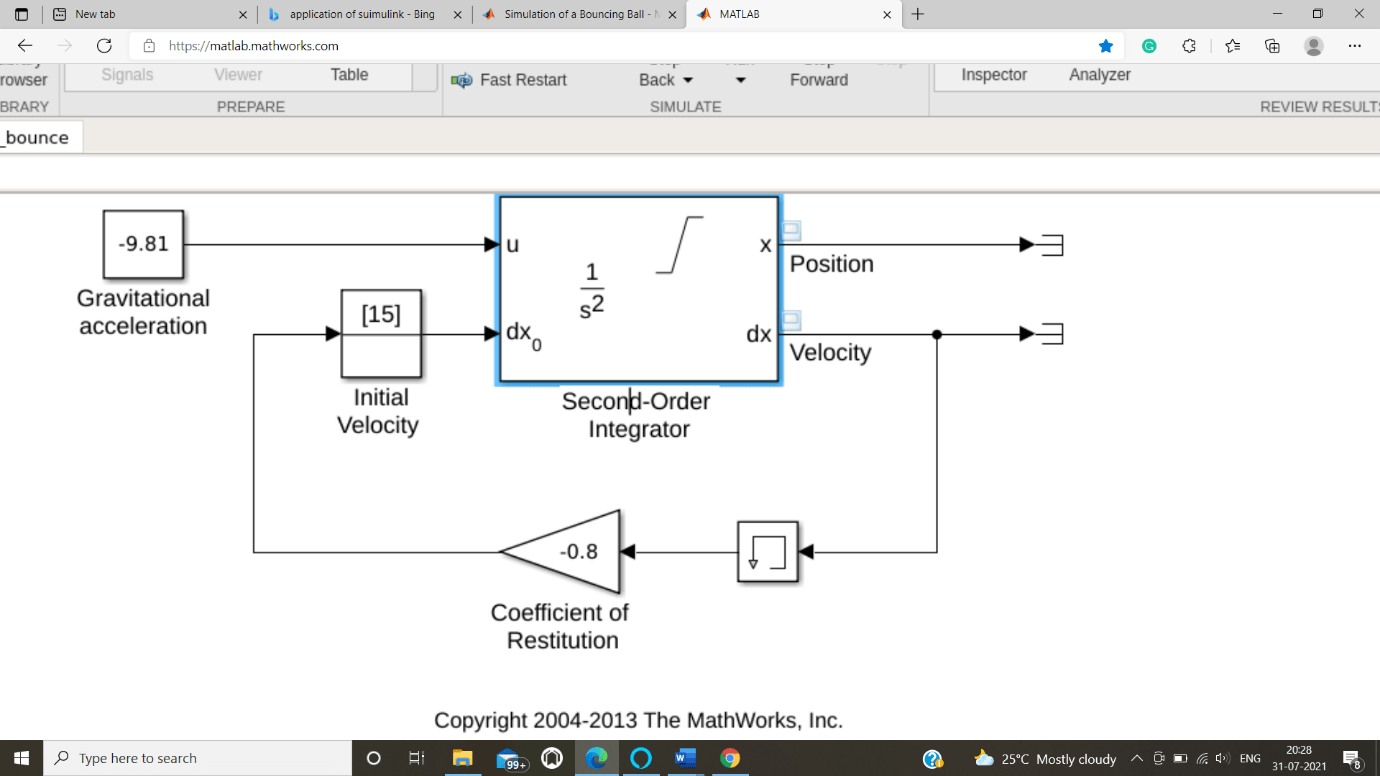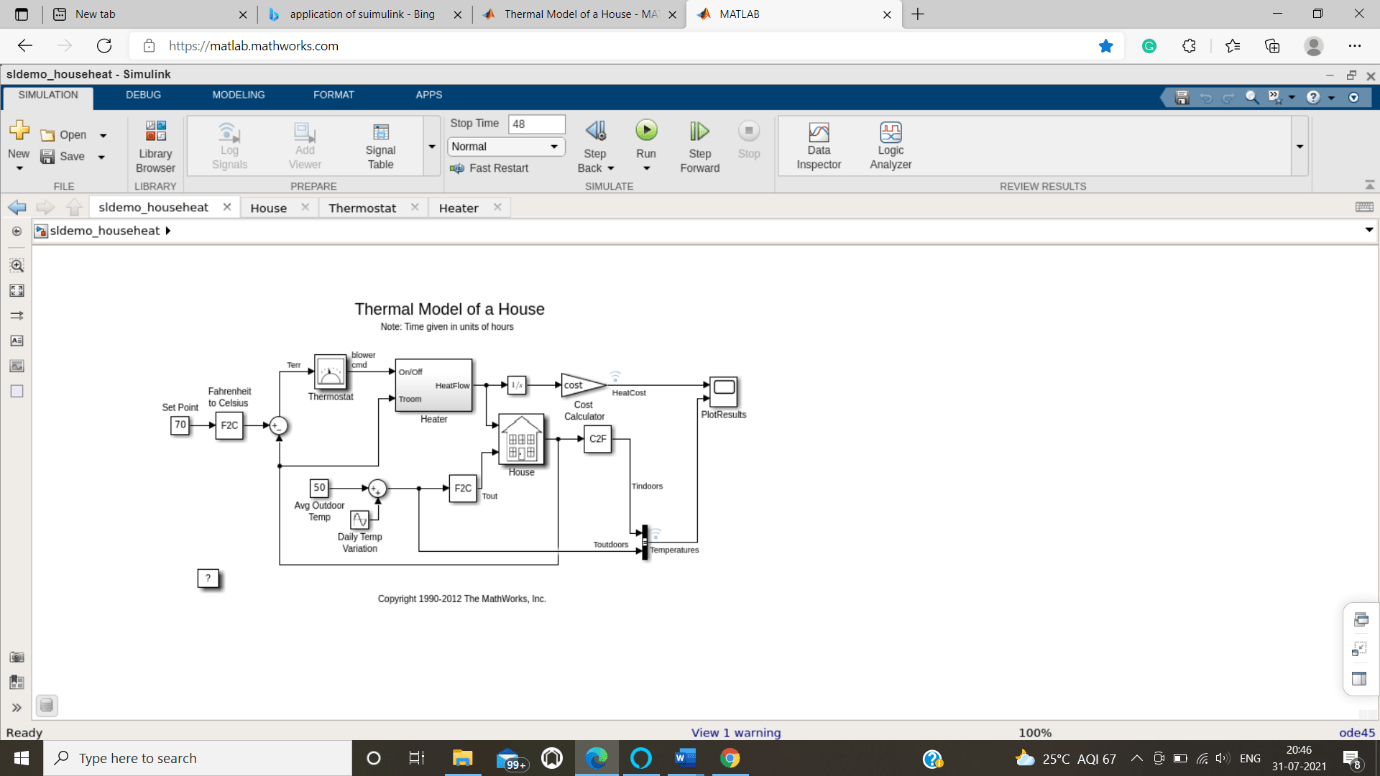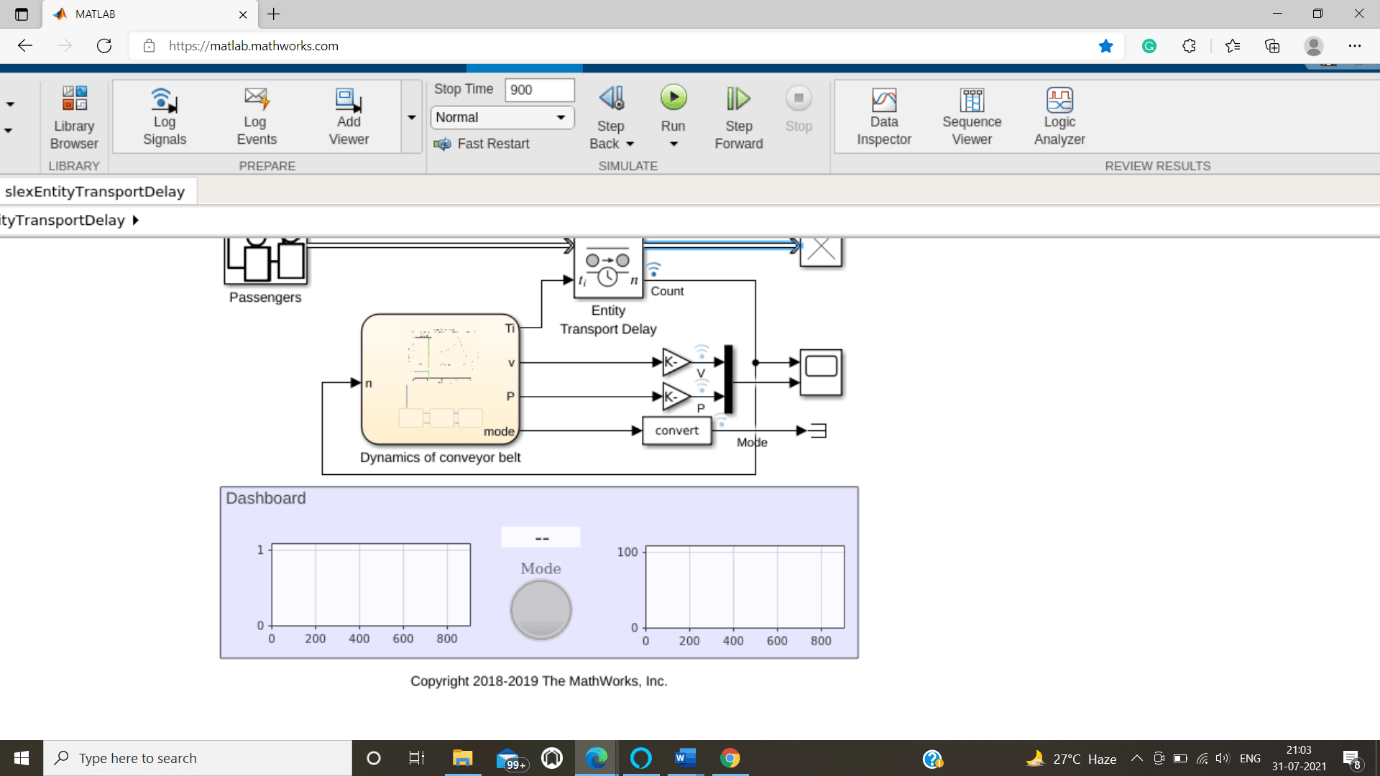MATLAB Simulink examples
We will discuss few examples to understand different use-cases of MATLAB’s Simulink.
Simulink is basically MATLAB-based. Its essential interface is a graphical square charting apparatus and an adaptable arrangement of square libraries. It offers tight reconciliation with the remainder of the MATLAB climate and can either drive MATLAB or be re-arranged from it.
Simulink is fit for methodical confirmation and approval of models through displaying style checking, prerequisites recognisability and model inclusion investigation.
1.Model Bouncing Ball
In this example we will discuss how to model ball simulation
A ball is hurled with a speed of 15 m / s from a stature of 10 m.

Explanation of the example:
A bouncing (or skipping) ball model is an exemplary illustration of a cross breed dynamic framework. A half breed dynamic framework is a framework that includes both ceaseless dynamics, just as, discrete advances where the framework elements can change and the state esteems can hop.
The half breed framework part of the model starts from the displaying of an impact of the ball with the ground. On the off chance that one expects an incompletely flexible impact with the ground, the speed before the crash, v-, and speed after the impact, v+, can be connected by the coefficient of compensation of the ball.
A bouncing ball is probably the least complex model that shows the Zeno marvel. Zeno conduct is casually described by an endless number of occasions happening in a limited time span for certain cross breed frameworks. As the ball loses energy in the ricocheting ball model, an enormous number of crashes with the ground begin happening in progressively more modest timespans. Henceforth the model encounters Zeno conduct. Models with Zeno conduct are intrinsically hard to re-enact on a PC, yet are experienced in numerous normal and significant designing applications.
Solution discussed:
You can utilize two Integrator squares to display a ricocheting ball. The Integrations works on the left-side is the speed integrator displaying the primary condition and the Integrator is the position of the defined simulation integrator.
Explore to the position integrator block discourse and see that it has a lower breaking point of nothing. This condition addresses the requirement that the ball can't go underneath the ground.

When the ball touches the ground, the state port of the position and the relating examination result is utilized to distinguish and to reset the two integrators. The state port of the speed integrator is utilized for the computation of v+.
2. Thermal Model of a House
This model tells the best way to utilize Simulink® to make the warm model of a house. This framework models the open air climate, the warm attributes of the house, and the house warming framework.
Initializing the model
- This model computes warming expenses for a conventional house.
- Characterizes the house calculation (size, number of windows)
- Computes the warm obstruction of the house
- Characterizes the expense of power
- Gives the warmer attributes
- Indicates the warm properties of house materials
- Indicates the underlying room temperature
Components used in our model
- Set Point
- Thermostat
- Heater
- Heat gain
- Heat flow
- Heater switch
- House model
- Cost calculator
- Thermostat
Model the Environment
To simulate the model surrounding, the model utilizes a heater sink with unlimited heat capacity and constant-time changing temperature, Tout. The daily outdoor temperature fluctuations variable is checked by Sine Wave block of Daily Temp Variation.
You can change these metrics and to observe how they impacting the costs.
Run and visualise the simulated Results
- Run the reproduction.
- The Time pivot is in hours.
- Plot Results is utilized to show the outcomes.
- The degree plots the warmth cost and indoor versus outside temperatures.
- The temperature open air fluctuates sinusoidal.
- The inside temperature stays inside 5 ºC of the Set Point.

This model computes the warming expenses as it were. The room temperature will surpass the ideal Set Point if and only the temperature of the external environment air is greater than the existing room temperature,
You can change this model to incorporate a climate control system. You can carry out the forced air system as an altered warmer.
- Cold air yield
- Temperature of the stream from the forced air system
- Forced air system productivity
- To control both the forced air system and the radiator, change the indoor regulator.
3.Cyber-physical systems model
Introduction to problem:
Cyber-physical systems consolidate PC and actual frameworks to accomplish plan objectives. Reenactment of digital actual frameworks requires a blend of demonstrating methods like persistent time, discrete-time, discrete-occasion, and limited state displaying.
Simulink® and its friend items give usefulness to apply a wide scope of displaying methods and flawlessly coordinate them in one reenactment climate, which is ideal for demonstrating digital actual frameworks.
Explanation:
This model shows how consistent time, discrete-occasion, and limited state displaying procedures join to reenact the conduct of a variable speed transport line framework.
In SimEvents, elements are discrete things of interest in a discrete-occasion reenactment. Since travelers are discrete people, they are demonstrated by SimEvents substances, made by the Entity Generator block.
A Stateflow outline models the functional modes and engine elements of the variable speed transport line.
At last, the Entity Transport Delay block models traveler throughput as an element of transport line elements, giving an extension between the discrete-occasion and consistent time spaces.
The model includes these key components:
- Passengers
- Dynamics of conveyor belt
- Entity Transport Delay
- Dashboard
